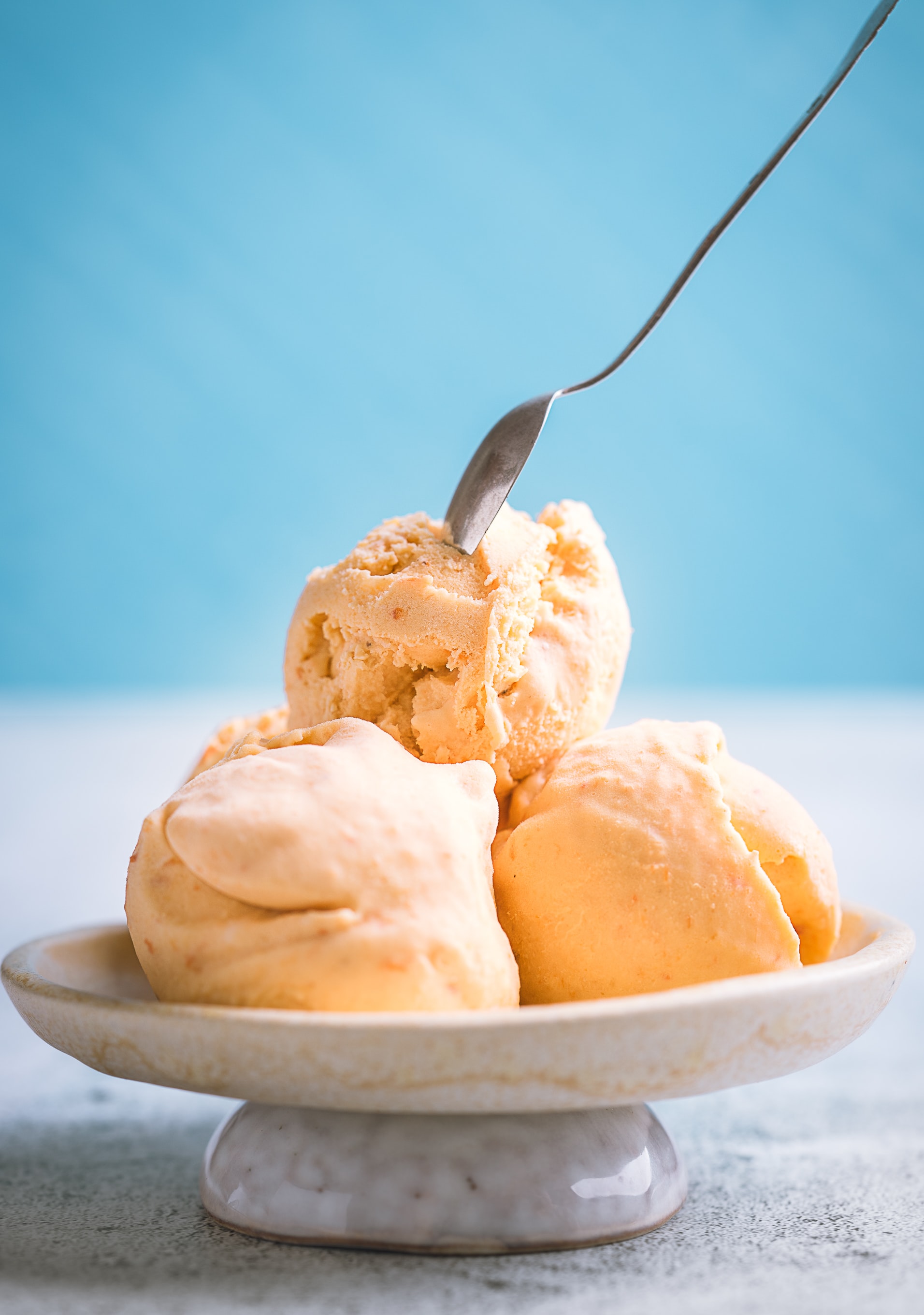Freezer Full of Homemade Ice Cream is Always a Treat
TEXARKANA, Ark. –
A freezer full of homemade ice cream is always a real treat. Once the temperatures warm up, it’s time to retrieve the freezer from the attic, grab your recipe and start making plans for a bowl of homemade ice cream.
If your favorite ice cream recipe calls for uncooked eggs, it is time to think about revising your recipe or trying a new one. Raw eggs in the recipe may contain Salmonella, that can cause food borne illness. Not all eggs contain salmonella, but there is no way to be sure by looking.
Some are under the false assumption that freezing temperatures of the ice cream will kill the salmonella bacteria. This is false. Although the salmonella bacteria will not grow below 40 degrees F., freezing does not destroy those organisms already present in the raw egg.
If you won’t give up grandmother’s ice cream recipe that contains raw eggs, revise it to use pasteurized eggs. Pasteurized eggs have gone through a process that destroys the salmonella bacteria but does not cook the eggs or affect their color, flavor, appearance, nutritional value or functional properties.
These eggs in the dairy case are packaged in a container that resembles a small milk carton. They can be used just as you would use your fresh, whole eggs. Be sure the pasteurized egg product is the whole egg, and not just the egg whites, or you will not get the rich, creamy texture of the ice cream that you are looking for.
If you choose to ignore this advice and continue to make your homemade ice cream with raw eggs, let me tell you a little bit about what you might experience. It’s called food borne illness or food poisoning as some call it. You may find yourself not feeling well about 6 to 48 hours after you have eaten the ice cream. You may experience chills, fever, headaches, stomach pains, and/or diarrhea. Now ask yourself: Do I really want to experience this?
If you are trying to save calories and make your homemade ice cream lower in fat, your ice cream will not be creamy. The type of cream used determines the fat and calorie content. If you use whole milk and cream, you will get an ice cream with more fat and calories, but also a smoother texture. Substituting 1 percent milk will leave you with more of an ice milk texture. It will be less creamy and rich, since there is little to no fat to whip.
Experiment with different types of milk to come up with one you like. If homemade ice cream is something you are not going to make all the time, it may be fine to make it with whole milk. Consider it a sometime treat.
Preparing a cooked custard base for your homemade ice cream is very easy. It also reduces the risk of someone getting sick from a food borne illness.
If you would like a free publication featuring homemade ice cream recipes with both cooked custard base, as well as egg free, contact me. I can be reached at the Miller County Extension Office, 870-779-3609. We’re online at cdue@uada.edu, on Facebook and Twitter @MillerCountyFCS or on the web at uaex.uada.edu/Miller.
As you plan your Independence Day celebration, keep in mind to never use raw eggs in ice cream. Instead, go egg free or make an egg custard base. Here is my favorite that I share with family and friends. It is always a crowd pleaser! Enjoy this Independence Day with family and friends.
Homemade Vanilla Ice Cream
4 eggs
2 1/2 cups sugar
7 cups milk
3 cups whipping cream
2 1/2 tablespoons vanilla
1/2 teaspoon salt
In a large saucepan with heat turned off, beat eggs until light. Add sugar gradually, beating until thick. Add 3 cups of the milk. Heat ingredients until thermometer reaches 160 degrees. Remove from heat as soon as you see bubbles forming and let sit until it’s cooled to room temperature–about 10 minutes. Add remaining ingredients; mix well. Pour into 5 quart freezer can. (If using electric freezer, follow manufacturer’s directions.) Adjust dasher and cover. Pack 6 parts crushed ice and 1 part rock salt around the can. Continue to add more ice and salt to maintain level. Freeze according to directions for your freezer. Note: This basic cooked custard allows you make any flavor you wish. For a chocolate swirl, swirl 2 cups chocolate syrup through ice cream after removing dasher.
Yields 5 quarts.
By Carla Due
County Extension Agent - FCS
The Cooperative Extension Service
U of A System Division of Agriculture
Media Contact: Carla Due
County Extension Agent - FCS
U of A Division of Agriculture
Cooperative Extension Service
400 Laurel Street, Suite 215 Texarkana AR 71854
(870) 779-3609
cdue@uada.edu
Related Links
The Arkansas Cooperative Extension Service is an equal opportunity institution. If
you require a reasonable accommodation to participate or need materials in another
format, please contact your County Extension office (or other appropriate office)
as soon as possible. Dial 711 for Arkansas Relay.
Pursuant to 7 CFR § 15.3, the University of Arkansas System Division of Agriculture
offers all its Extension and Research programs and services (including employment)
without regard to race, color, sex, national origin, religion, age, disability, marital
or veteran status, genetic information, sexual preference, pregnancy or any other
legally protected status, and is an equal opportunity institution.
